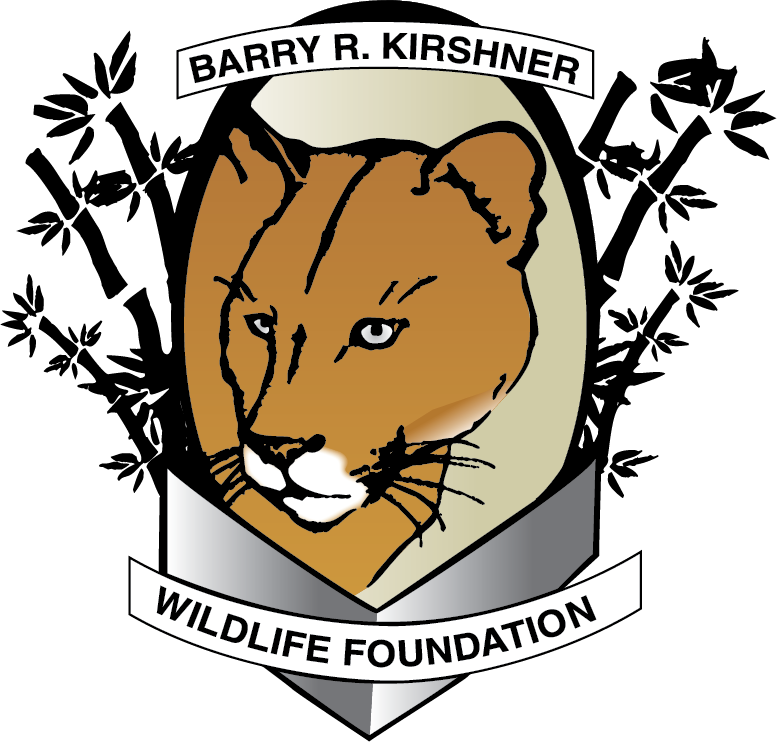Toby – Black-Tailed Deer
Toby is a male black-tailed deer (Odocoileus hemionus) who was named after one of our volunteers who has helped the Foundation tremendously. Toby was brought to the Foundation by California Fish and Wildlife because he was illegally owned and imprinted by humans. When an animal is imprinted by humans they lose their natural fear of humans and may wander too close to humans and risk putting both animal and human in danger. It is very difficult and in several cases impossible to reverse imprinting and therefore the animal is unable to be released back into the wild. Toby will remain at the Foundation with his enclosure companions Wentz and Cliff and be an ambassador to his species.
The black-tailed deer’s diet changes based on season. In winter and early spring, they forage on lichens, red huckleberries, western red cedar, and deer fern. In late spring and fall, they forage on grasses, blackberries, apples, and maple. Black-tailed deer have excellent hearing and their large ears can move independently of one another. They also have an excellent sense of smell and will communicate with other deer by leaving scent trails. These trails are produced by glands in the lower legs that give off pheromones. The outside of the lower leg produces an alarm scent, the inside of the hock produces a mutual recognition scent, and the area between the toes leaves a scent trail while the deer travels.
Black-tailed deer are native to California, western Oregon, Washington, British Columbia, and the Alaskan panhandle. They thrive at the edge of the forest among the underbrush and grasslands. The black-tailed deer is most active during dawn and dusk and they often forage near roads. Automobile collisions is the biggest threat to the black-tailed deer.
IMPORTANT:
Mother deer will often leave their babies alone while they go graze. It is common for them to leave for many hours to a full day until their bags get full of milk. While the hiding space where the mom leaves them might not seem too concealed to you, it is VERY important that you leave the baby alone and let the mother come back on her own time. Fawns do not have any scent to them for the first week after being born, which allows the mothers to leave to replenish their body. If you see an injured deer please contact Fish and Wildlife.
Black-Tailed Deer Statistics:
Body Size
Weight
Gestation Period
Litter Size
Life Span
6.2 - 7 feet long, 2.25 - 3.75 feet tall
up to 140 pounds
180 - 200 days
1 - 2 fawns
5 - 10 years in the wild, 17 - 20 years in captivity

